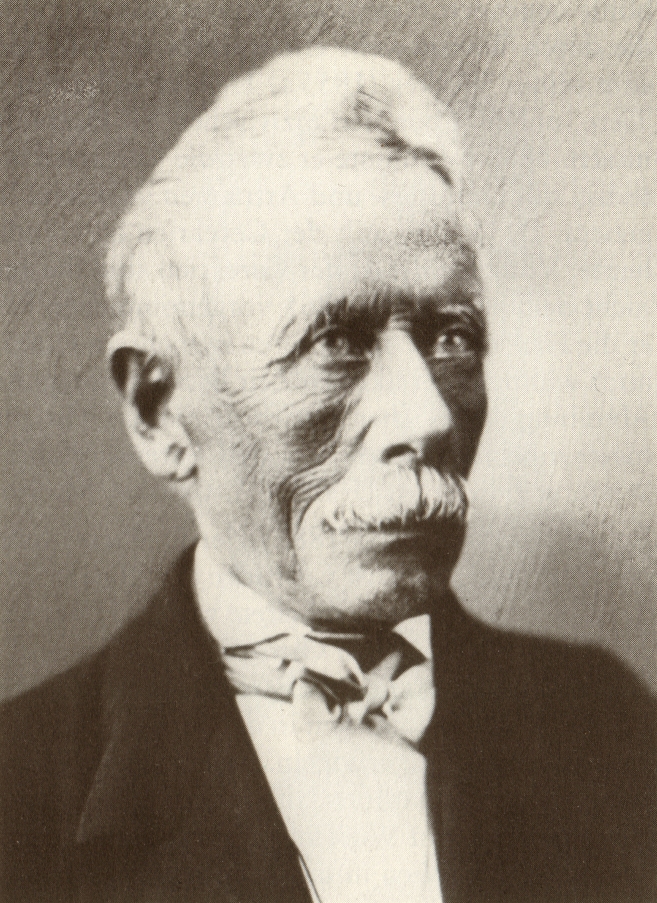Karl Moriz Diesing on:
[Wikipedia]
[Google]
[Amazon]
 Karl (Carl) Moriz (Moritz) Diesing (16 June 1800, in Krakow – 10 January 1867, in
Karl (Carl) Moriz (Moritz) Diesing (16 June 1800, in Krakow – 10 January 1867, in Petymol
Biographical Etymology of Marine Organism Names. D are named after him.
IPNI
List of plants described. 1800 births 1867 deaths Austrian naturalists Austrian zoologists Scientists from KrakĂłw Polish emigrants to Austria {{zoologist-stub
 Karl (Carl) Moriz (Moritz) Diesing (16 June 1800, in Krakow – 10 January 1867, in
Karl (Carl) Moriz (Moritz) Diesing (16 June 1800, in Krakow – 10 January 1867, in Vienna
en, Viennese
, iso_code = AT-9
, registration_plate = W
, postal_code_type = Postal code
, postal_code =
, timezone = CET
, utc_offset = +1
, timezone_DST ...
) was an Austria
Austria, , bar, Ă–stareich officially the Republic of Austria, is a country in the southern part of Central Europe, lying in the Eastern Alps. It is a federation of nine states, one of which is the capital, Vienna, the most populous ...
n naturalist and zoologist
Zoology ()The pronunciation of zoology as is usually regarded as nonstandard, though it is not uncommon. is the branch of biology that studies the animal kingdom, including the structure, embryology, evolution, classification, habits, and d ...
, specializing in the study of helminthology
Helminthology is the study of parasitic worms (helminths). The field studies the Taxonomy (biology), taxonomy of helminths and their effects on their host (biology), hosts.
The origin of the first compound of the word is the Greek ''wikt:ἕλΠ...
.
He studied medicine at the University of Vienna
The University of Vienna (german: Universität Wien) is a public research university located in Vienna, Austria. It was founded by Duke Rudolph IV in 1365 and is the oldest university in the German-speaking world. With its long and rich hist ...
, earning his doctorate in 1826. Afterwards, he served as an assistant to botanist Nikolaus Joseph von Jacquin, later working as an intern at the ''Hof-Naturalien-Cabinet'' (from 1829). In 1836 he became a curator
A curator (from la, cura, meaning "to take care") is a manager or overseer. When working with cultural organizations, a curator is typically a "collections curator" or an "exhibitions curator", and has multifaceted tasks dependent on the parti ...
of the zoological collections.
In the late 1840s, he began to suffer from serious eye problems, and shortly afterwards experienced permanent blindness.
His principal works include ''Systema Helminthum'' (2 vols., 1850–1851), and ''Revision der Nematoden'' (1861).
In his paper "''Versuch einer monographie der Gattung Pentastoma''" (Ann. Wien Mus. Naturges. 1836, 1–32), he was the first to establish the distinct nature of the Pentastomida, placing them in a new group which he called Acanthotheca.
The genera ''Diesingia'' and ''Diesingiella'' Biographical Etymology of Marine Organism Names. D are named after him.
References
External links
*IPNI
List of plants described. 1800 births 1867 deaths Austrian naturalists Austrian zoologists Scientists from KrakĂłw Polish emigrants to Austria {{zoologist-stub